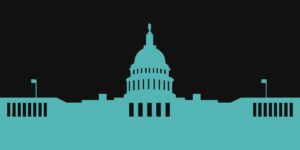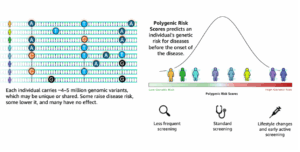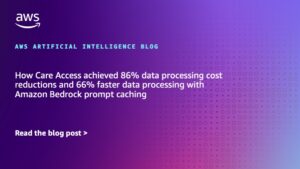The government of former President Donald Trump has drafted an executive order that could transform the regulation of artificial intelligence (AI) in the United States, raising concerns among experts in the field. This initiative aims to punish states that have implemented legislation designed to mitigate the negative effects of AI systems, a move that analysts have deemed deeply misguided.
The draft executive order includes guidelines that would instruct federal agencies to challenge state regulations that the administration deems “burdensome.” It also contemplates restricting federal funding to states that maintain such laws, as well as establishing federal regulations that supersede state regulations in the realm of AI.
Historically, the widespread use of automated systems has led to discriminatory decisions in crucial areas such as housing, healthcare, and employment, negatively impacting groups protected by the law. While state laws are not perfect, they represent sincere efforts to address these issues and protect citizens from the risks associated with the misuse of AI.
For example, Colorado’s AI Law has been cited in the draft as an example of overreaching legislation. However, this law represents a limited but crucial step towards protecting individuals from the potential harms of AI. Analysts warn that the Trump administration’s strategy of dismantling state regulations could exacerbate discrimination linked to automated systems rather than resolve it.
The possibility of barring states from taking action in AI regulation could hinder progress in this critical area. Previous intentions, such as executive orders and similar proposals, have been aimed at hindering state efforts to address AI regulation. Furthermore, organizations dedicated to AI software development have invested significant amounts in lobbying to stall these legal initiatives, meaning that an executive order of this kind could pave the way for increased support for these interests from the federal government.
Debate over the regulation of artificial intelligence is intensifying, and with it, the future of protection against AI-related risks is in a precarious situation.
Referrer: MiMub in Spanish











